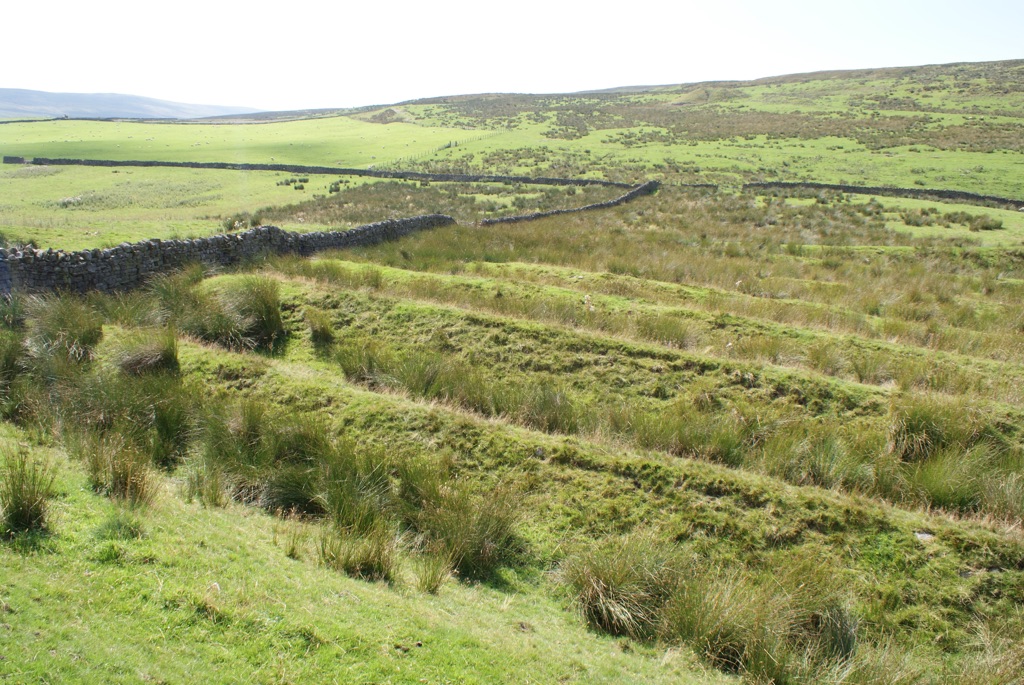Whitley Castle, also known as Epiacum, is a Roman fort situated in Northumberland, England. It boasts a unique diamond-shaped design, which stands out among Roman fortifications. The site, perched on a spur of Alston Moor, overlooks the South Tyne Valley. Archaeologists believe the fort served both military and administrative purposes during the Roman occupation of Britain. Over time, Whitley Castle has sparked interest for its historical significance and the insights it provides into Roman military architecture.
Get your dose of History via Email
Historical Background of Whitley Castle
Whitley Castle was discovered in the 19th century, with formal excavations beginning in the 1950s. The fort’s unique layout was first identified by aerial photography. It was built by the Romans around AD 122, coinciding with the construction of Hadrian’s Wall. The fort’s strategic location allowed control over local mining operations and the movement through the Pennines.
Initially, a wooden fortification likely stood on the site. Later, the Romans replaced it with stone. The fort underwent several phases of occupation and reconstruction. It served as a garrison for Roman auxiliary units, including the First Cohort of the Aquitani.
After the Romans left Britain, evidence suggests local populations inhabited the site. However, its significance diminished over time. Whitley Castle did not witness major historical battles but remained a testament to the Roman presence in northern England.
The site’s history after the Roman period remains somewhat obscure. It likely served as a minor stronghold or settlement. However, no substantial post-Roman structures have been found, suggesting any later occupation was transient or left little trace.
Whitley Castle’s historical importance lies in its unique architecture and the light it sheds on Roman military strategy. It also provides valuable information about the Roman exploitation of natural resources in Britain, particularly lead and silver mining in the region.
About Whitley Castle
Whitley Castle is renowned for its distinctive diamond-shaped layout, a rarity among Roman forts. This design allowed for a wider field of view over the surrounding landscape. The fort’s ramparts and ditches are still visible, outlining the fort’s extensive perimeter.
The fort’s construction involved large stone blocks and a double ditch system for defense. Inside, archaeologists have identified the remains of barracks, a commandant’s house, granaries, and a bathhouse. These structures reflect the standard components of a Roman fort, adapted to the site’s unique geography.
Whitley Castle’s size indicates it could house a substantial garrison. The fort covered about 5.6 acres, typical for a Roman auxiliary fort. The stone walls, now mostly ruined, once provided formidable defense against any threats.
Excavations have revealed various artifacts, including Roman coins, pottery, and weapons. These finds offer a glimpse into the daily life of the soldiers stationed at the fort and the fort’s economic activities.
The site’s preservation allows for ongoing archaeological research. This research continues to enhance our understanding of Roman military architecture and the fort’s role in the broader context of Roman Britain.
Theories and Interpretations
Several theories exist about Whitley Castle’s purpose. Most agree it served as a military outpost and administrative center. Its proximity to mineral resources suggests it played a role in overseeing mining operations.
Some historians speculate that the fort’s unique shape was a response to the terrain. Others believe it was an experimental design by Roman engineers. The true reason behind the diamond shape remains a topic of debate.
Mysteries still surround Whitley Castle. For instance, the exact nature of its occupation after the Romans is unclear. Archaeologists have yet to fully understand the site’s significance in the post-Roman period.
Historical records provide limited information about Whitley Castle. Therefore, much of what we know comes from archaeological interpretation. This includes matching artifacts and structural remains to known Roman practices.
Dating of the site has been carried out using various methods. These include typological analysis of artifacts and radiocarbon dating. These techniques have helped establish the timeline of the fort’s construction and use.
At a glance
Country; England
Civilization; Roman
Age; Approximately 1,900 years old (AD 122)
Conclusion and Sources
Reputable sources used in creating this article;
- Wikipedia – https://en.wikipedia.org/wiki/Whitley_Castle
- English Heritage – https://www.english-heritage.org.uk/

